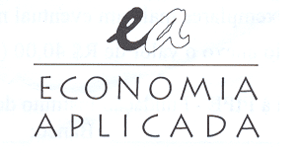The purpose of this paper is to allow a precise knowledge about the Brazilian public sector fiscal accounts. The article shows the trajectory of the Brazilian fiscal policy since the beginning of the "above the line" indicators, developed to follow the evolution of revenues and expenditures, in 1991. In this period of almost 20 years, the primary expenditures of the Central Government increased from less than 14% of GDP in 1991, to an estimation of more than 22% of GDP in 2008. In the same period, revenues of Central Government escalated from less than 15% to 25% of GDP and the tax burden from 24% to around 36% of GDP. In spite of this, public investment has been lower than in the 80s. The article presents a set of fiscal indicators, with the purpose of register a period of important transformations. The paper deeply analyzes the detailed evolution of the variables; syntetizes the most relevant trends of the period; and presents a diagnosis of the changes occurred and the problems that should be faced in the next years. The conclusion is that the public expenditures that leaded the growth in the 1991/2008 period were that considered as "social expenditures". Another important conclusion is that the thesis regarding the irrelevancy of new reforms, and also the one that we can see a next big fiscal crisis, could both be wrong, if the economy has a yearly growth rate of around 4% or 5%.
expenditures; public deficit; public debt





























